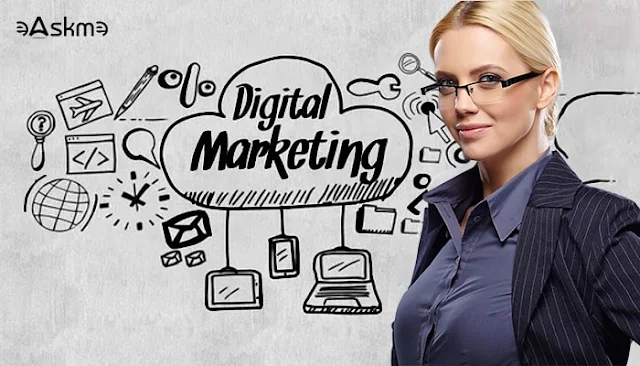The electronic industry is constantly developing and calling for more cutting-edge and effective components in today's quick-paced world.
Die casting is an essential production technique that assists in meeting these demands.
Due to its capacity to produce complex shapes with high precision and economics, die casting is essential in producing electronic components.
We will examine how die-casting satisfies the needs of the electronic industry in this article and help you understand the significance of this procedure for electronic components.
Die Casting Can Helps Meet the Demands of the Electronic Industry in the Following Ways:
Complex Geometries:
Die casting allows the creation of complex and intricate geometries frequently needed in electronic components.
Thin walls, tiny engravings, and intricate designs can all be produced by die-casting manufacturer using specialized dies to inject molten metal into the cavity of the die under intense pressure.
Die casting's versatility enables electronic manufacturers to keep up with the demand for miniaturization and integrate various functionalities into a single component, which is growing steadily.
High precision:
Electronic components must fit together and carry out their functions precisely, so precision is key.
Die casting ensures that every component produced complies with the necessary specifications thanks to its high dimensional accuracy and repeatability.
Tight tolerances are possible thanks to computer-aided design (CAD) software and sophisticated die-casting techniques, which minimize deviations and guarantee consistent quality throughout production runs.
Material Selection:
To meet the unique needs of electronic components, die casting offers a wide variety of material choices.
Due to their excellent thermal conductivity, lightweight, and favorable electrical properties, aluminum and magnesium alloys are frequently used in die casting for electronic components.
These materials suit heat sinks, connectors, and housing components because they have excellent heat dissipation, electrical conductivity, and electromagnetic shielding.
Cost-Effectiveness:
Cost reduction is crucial to maintaining market competitiveness in the fiercely competitive electronic industry.
Electronic component manufacturing is made more affordable by die casting.
Lower overall manufacturing costs result from die casting's high production rates, reduced material waste, and few secondary operations.
Furthermore, die casting makes it possible to produce intricate parts in a single step, decreasing the need for multiple manufacturing processes and cutting labor costs.
Importance of Die Casting for Electronic Components:
Die casting is needed for electronic components because this process is important in the following ways:
Parts Reliability:
Electronic parts must be dependable and able to withstand various operating conditions. Die casting guarantees the creation of sturdy and long-lasting components.
Die-cast components resist impact, vibration, and thermal stresses because of their high-density structure and superior mechanical qualities.
This dependability is essential for electronic devices that are transported, used frequently, and exposed to harsh environments.
Effective Thermal Control:
Heat dissipation is an important factor to consider for electronic devices to avoid overheating and perform at their best.
Utilizing high thermal conductivity materials and integrating intricate cooling features are both made possible by die casting.
Die casting can efficiently design and produce components like heat sinks and housing enclosures, facilitating efficient thermal management and extending the lifespan of electronic devices.
EMI Protection:
Electronic device performance can suffer from electromagnetic interference (EMI).
Die casting for the electronic industry ensures the production of parts with superior electromagnetic shielding qualities.
Die-cast components can efficiently block or reroute electromagnetic waves using the right materials and designs, reducing interference and the raisinelectronic system's overall performance and dependability.
Fast Marketing:
Fast marketing is extremely important in the highly competitive electronics industry.
Rapid prototyping and accelerated production schedules are made possible by die casting.
The time needed for tool development is decreased using 3D modeling and simulation techniques, which enable quick design iterations and optimization.
Die casting provides effective production rates once manufacturing has started, minimizing delays and guaranteeing prompt delivery of electronic components to the market.
Conclusion:
To meet the demands of the electronic industry, die casting is essential.
It is the optimal manufacturing process for producing electronic components because it can produce intricate geometries, keep high precision, offer various material options, and offer economical solutions.
For the best performance and longevity of electronic devices, die casting ensures component dependability, effective thermal management, and efficient EMI shielding.
Furthermore, die casting allows for a quicker time to market, which helps electronic manufacturers remain competitive in a constantly changing sector.
Die casting continues to be a key component in creating high-quality electronic components as the industry develops.
The ongoing push for miniaturization, functional integration, and cost reduction will highlight the significance of die casting in satisfying these demands.
Electronic manufacturers can maintain their leadership in innovation and continue to offer consumers the cutting-edge electronics that run our modern society by embracing the capabilities of die casting.
Still have any question, do share via comments.
Share this post with your friends and family.
Don't forget to join the eAskme newsletter to stay tuned with us.
Other handpicked guides for you;


















